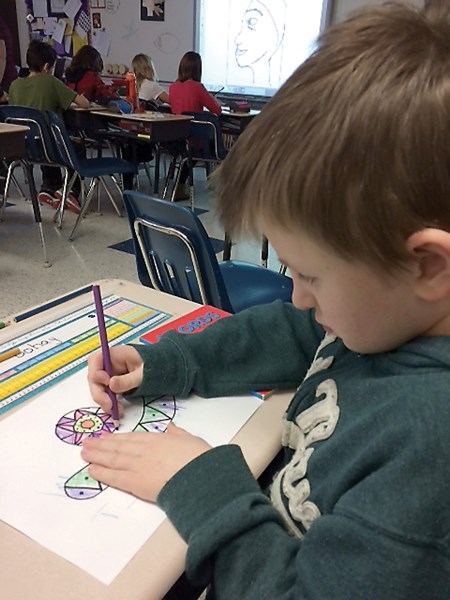April 2 marked World Autism Awareness Day, a day designed to spread awareness for Autism Spectrum Disorder (ASD).
Autism, or ASD, is a developmental disorder that affects one’s ability to communicate, or interact socially. Autism affects each individual differently and there is no “typical” person with ASD.
Jade Nesvold, communication officer for Autism Society of Edmonton, said those with autism generally have sensory issues.
“They’re either extra or under sensitive to sights, smells, sounds,” Nesvold said. “Let’s say in a public place, things can become very overwhelming or stressful.”
According to a U.S. study, based on 2010 figures, approximately one in 68 eight-year-old children have been identified with the disorder.
Locally, Jennifer Bohay’s 10-year-old son Tanner, who attends Westlock Elementary School, is one of the growing number of children with autism.
Bohay said events such as Autism Awareness Day have helped people become more understanding.
“We have kind of moved from, not only autism awareness, but autism acceptance, and that’s kind of been the focus for a lot our communities,” she said. “It’s fine to know that autism exists, but it’s different to actually embrace it and accept it.”
Over the past decade Bohay said she has noticed that people have become more aware thanks in part to awareness campaigns.
“(It has) more so throughout the years, even in the community, accepting not only just autism but special needs,” she said. “Even Sobeys has a few of their employees that are autistic … they’re stocking shelves, doing whatever job they have them doing, which is being a functional part of society.
“I think that’s every autism parent’s wish is that their child will someday be a functional part of society.”
Every day presents different challenges for families affected by autism. Sending Tanner off to school and getting him accustomed was a different experience, compared to most children.
Although, since the time Tanner started attending WES, Bohay said staff, students, and parents have been very accepting.
“When Tanner started at Westlock Elementary I would write letters to parents of the classes he was in every year so that they knew what questions the kids would come home with,” she said. “I had a huge, awesome response from it for the first couple years that I did it.
“The kids in his class are awesome with him. They will look out for him on the playground, they definitely have a connection with him.”
While most people are understanding of the condition, Bohay said it hasn’t always been that way.
“I used to be told in public places, ‘He’s just being rude’ because he wouldn’t respond to somebody,” she said. “I would say, ‘He’s autistic’ and then it would be like, ‘Oh, he’s one of those.’”
Nesvold said it is common for people, unbeknownst to the situation, to make assumptions about the child or parent.
“There’s a perception that it’s behaviour that the person can control,” she said. “Really commonly, say you have a parent whose child is on the spectrum and if that child is having a meltdown or is having sensory issues, to other people around them, if they don’t know what that is, that might look like the child is acting out.
“You get that insinuation it’s something the parent is doing, when what’s possibly happening is that there’s that invisible disability happening.”
Part of the challenge is that Tanner, and others who have autism, don’t look any different than the average person.
“He doesn’t look different, unless you try to talk to him, so then he’ll act different,” Bohay said. “But he doesn’t look any different than his peers.”
The next challenge, Bohay said, will likely come when Tanner goes off to high school in a couple years.
“That transition alone is going to be scary, not only because of change, but there’s going to be a whole new group of kids and some aren’t going to be as well informed,” she said. “I’m sure we’re going to go through the whole ‘What is autism?’ all over again.”
As for what needs to come for autism awareness, Nesvold said more public discussion.
“It’s just like anything else, the more you talk about it, the more people become aware, the more they start to pick-up and understand,” she said.
Bohay also said awareness can be improved by continuing public discussion.
“The more people talk, the more awareness there is,” she said. “Likely in the community if I were to ask, ‘Have you heard of autism?’ probably most people would say yes. For me, that’s a huge step.”



